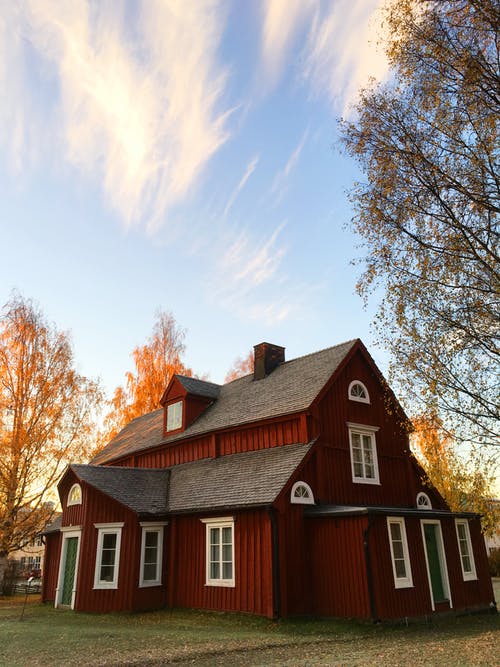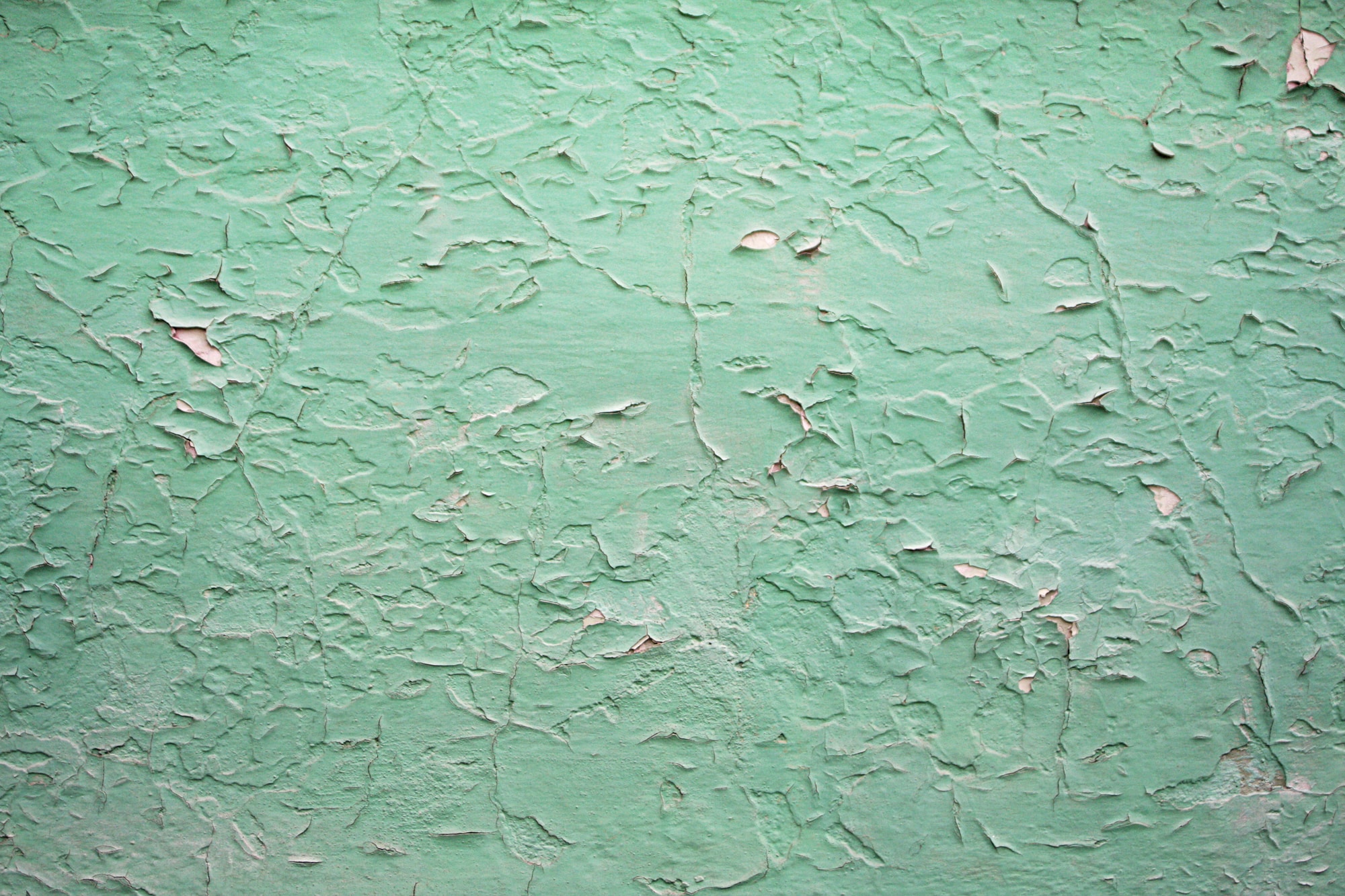A good exterior paint job can make a great statement about the appeal of your home. Here are some helpful tips by Gold Standard Painting on how to care for exterior paint.

Educate Yourself on Ways to Care for Exterior Paint The best way to avoid having to repaint your home too often is to educate yourself on the proper preparation, application, and maintenance of the exterior paint. Remember that a poorly done paint job can force you to repaint in just a couple of years. In new construction, your paint job can makeor break the value of your home. Thus knowing how to properly prep for painting your house exterior indeed pays off. And knowing how to care for exterior paint afterward can preserve it even more-possibly by up to a decade. Acrylic latex is often the best choice. These paints are versatile. You can paint them over water- or oil-based primers. They don’t require fancy maintenance afterward. Moreover, acrylic latex does not harden that much. This can help prevent blistering. They also do not encourage mildew as easily as oil paint. The best thing about them is that they emit lesser VOCs so acrylic latex is an eco-friendly choice. Due to their ability to repel water andresist wear, oil-based paints are still preferable for certain types of projects. The qualities of oil paint will benefit steel and iron railings as well as places that are often stepped on, such as stairs, stoops, and porches.
Check Paint Regularly
A quick check of the paint surface and a few simple maintenance measures will keep the paint looking fresh and literally add years to a paint job’s life. Inspect at least once a year for your paint coating. The next tips on how to care for exterior paint can help you extend your paint job’s life and ultimately save you time and money.
Dealing with Mildew and Mold
Exterior Paints can support mildew growth, especially after weathering for more than a few years.
More likely to occur in shaded and damp areas at northern exposure. Call your preferred painting contractor where mildew is detected or do the following: Care for Exterior Paint:
Protect plants and grass, too
Use brush or garden sprayer to add a 3:1 mixture of water: household bleach to the mildewed area plus a one-foot gap. Wear protection for the eyes and skin and a respirator. Allow the mixture to stay on for about 15 minutes. Thoroughly rinse off the surface. To care for exterior paint, you also have to care and maintain the items near or around it.
Dealing with Dirt and Chalk
On paint, airborne dirt may collect and darken it, and then dirt becomes a source of mildew food. As it weathers, Chalky pigment can be released from paint, resulting in color fading and unsightly rundown. It is possible to remove both dirt and chalk by scrubbing or power washing.The best way to wash is to use a mild detergent and a scrub brush, followed by thorough rinsing. Avoid harsh chemicals such as those in alkaline cleaners. Alkaline cleaners like TSP can reduce the gloss of alkyd paints and some latex paints.Power washing is a quick way to place shine at a fraction of the repainting cost on your house. Take caution not to lift paint or damage the substrate while power washing. It is an extreme form of cleaning. To exercise proper care for exterior paint power washing should not be done more than 1-2 times a year.

Watch Out for Cracking and Peeling
To detect failures early, it is important to check for this exterior paint disorder, thus mitigating subsequent major paint failures and making re-paints more cost-effective. Inspect paint closely for signs of or actual cracking and peeling, and repair immediately.Search for cracks around doors, windows, and trim; fill with compounds of good quality caulk. Peeling also starts with caps, window sills and surfaces painted in darker colors; scraping and sanding off the loose material, spot prime then touch up.These are just a few helpful tips to care for exterior paint. They are easy
to follow and only requires diligence
